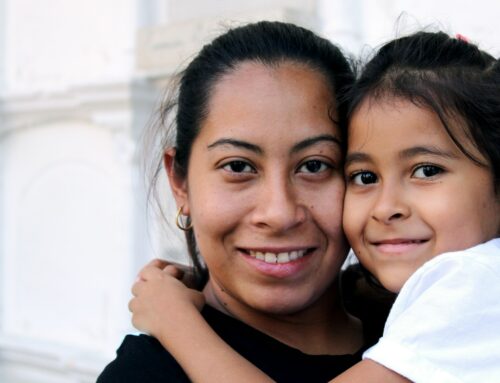Whether you call them Gen Y or Millennials, young people have been showing an increasing craving for international mobility.
International Experience Canada
Through a series of bilateral agreements, united under the International Experience Canada banner (IEC), Canada has tried to make the most of this phenomenon and attract young people between the ages of 18 and 30 (or 35 for some nationalities), to benefit from their skills, motivation and flexibility. Through the IEC, young people from certain countries can benefit from accelerated and simplified formalities to obtain a work permit. For Canadian businesses, the IEC initiative is also a great opportunity to hire foreign workers without having to complete a Labour Market Impact Assessment (LMIA).
IEC Pools:
The IEC is divided into three pools, or categories, which differ in terms of maximum length, requirement of an employment offer prior to application, and nature of the said job offer. Each pool has its own quota of applicants per year, which fill up very quickly!
- The Working Holidays Program (or PVT in French) is the most popular and competitive program out of the three available, and places are very limited; there are more candidates than spots available. It allows you to live and travel for up to 12 months while working to supplement your income. There is no need to find a job before you apply; the Working Holiday Program gives you an open work permit, so you are free to find a job and even change jobs once you are in Canada.
- The Young Professionals pool allows you to stay in Canada for up to 18 months, but you are tied to one employer (employer-specific work permit), which you must find before applying. Your job offer must be related to your field of study and/or professional experience.
- The International Co-op Internship category is intended for post-secondary students who wish to do work experience in Canada, relating to their field of study, for up to 12 months. It is an employer-specific work permit, where students must have a work-placement or internship job offer before applying.
How to apply:
- The IEC season starts in the autumn (generally October – November), accepting applications for the following year. You have more chance of success if you apply as soon as possible!
- To begin your application, submit your profile into one of the pools, for free.
- From these pools, candidates will be selected at random and invited to apply for a work permit. There are multiple rounds of invitations that take place throughout the season, and continue until there are no spots left or the season ends. There is every chance you may not be invited to apply.
- If you are one of the lucky candidates to be invited to apply, you have 10 days to accept the invitation, and then 20 days to submit an application for a work permit after accepting. Make sure you have all necessary documentation ready, and are able to pay the required fees (including the IEC participation fee, CAN$150 for 2018, and an open work permit holder fee of CAN$100 for the Working Holiday Program).
- Once you have been accepted, you must enter Canada during the year for which you applied to validate your IEC status. Once in Canada, you can apply for a regular work permit or for permanent residence under the Canadian Experience Class. You can also renew participation in the International Experience Canada once, but you have to change pools.
Documentation typically required:
- A valid passport
- A cover letter and a résumé in a specific, IEC format
- Passport-style photographs
- Employment letter
- Proof of financial resources (the exact amount changes each year, but is generally around $2,500-3,000)
To know more about the IEC, visit their website.
Not eligible? Find out about other temporary or permanent immigration options at CIC.
Photo credits: IEC official wesbite







Leave A Comment